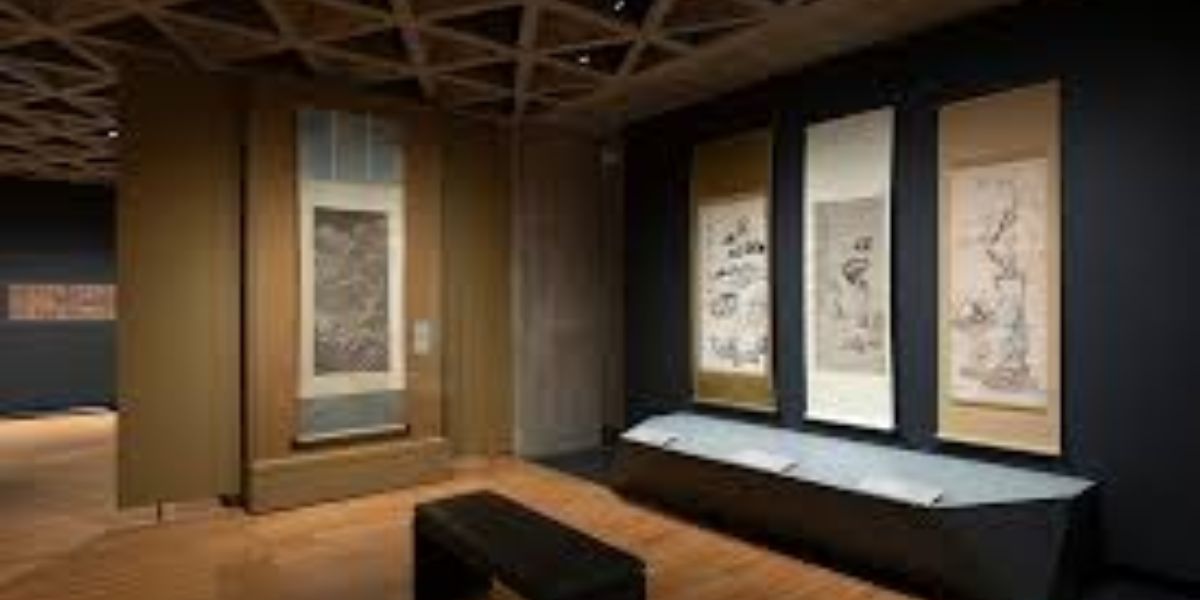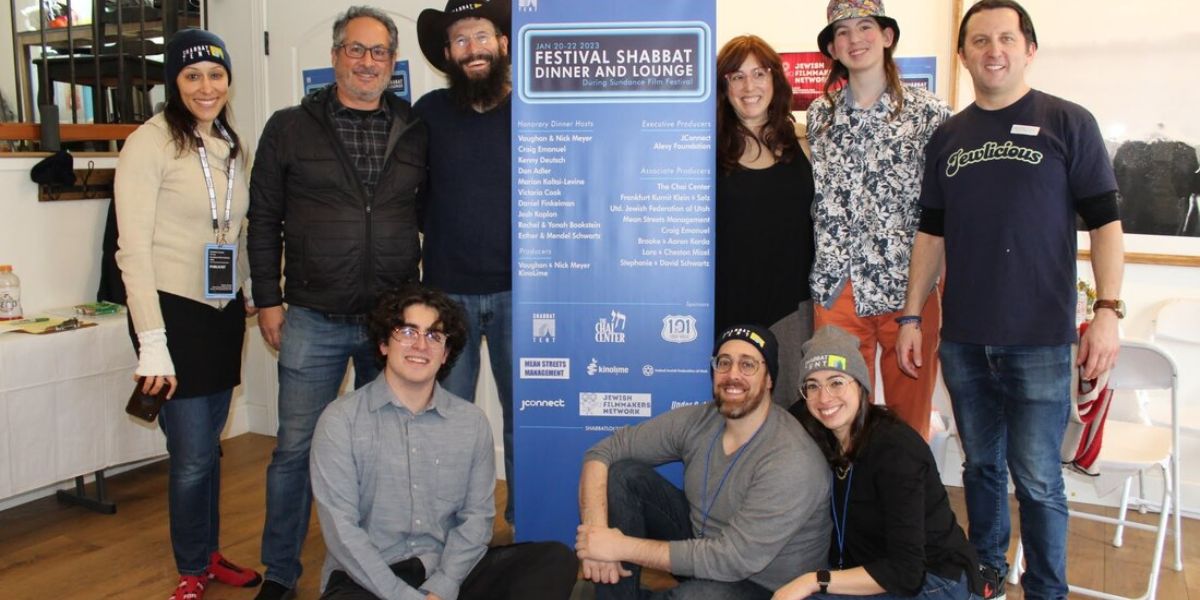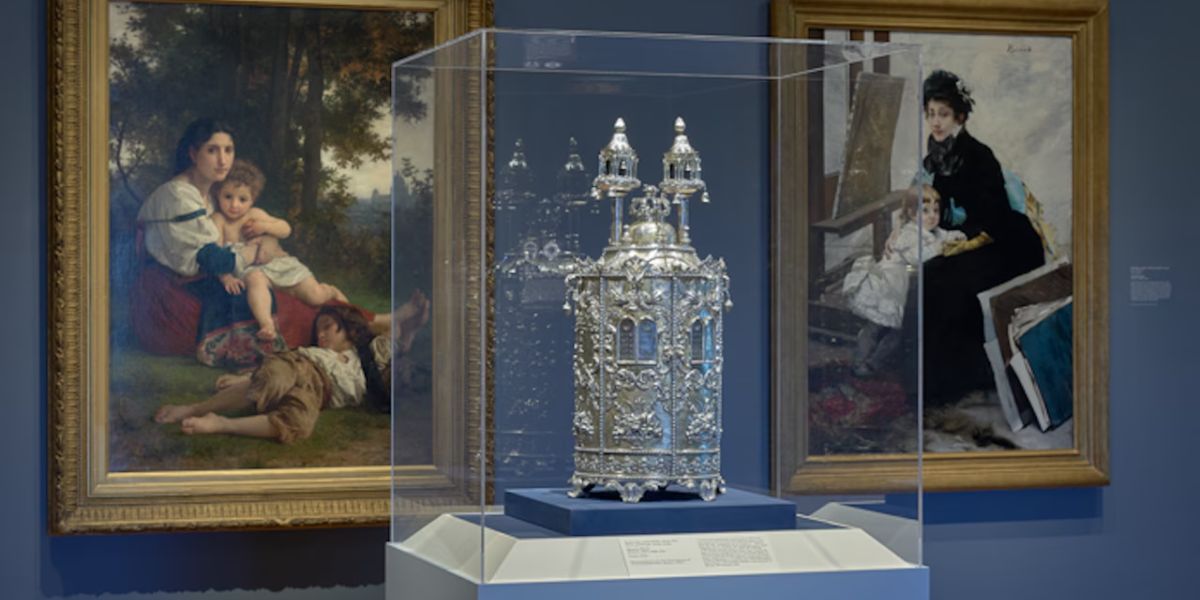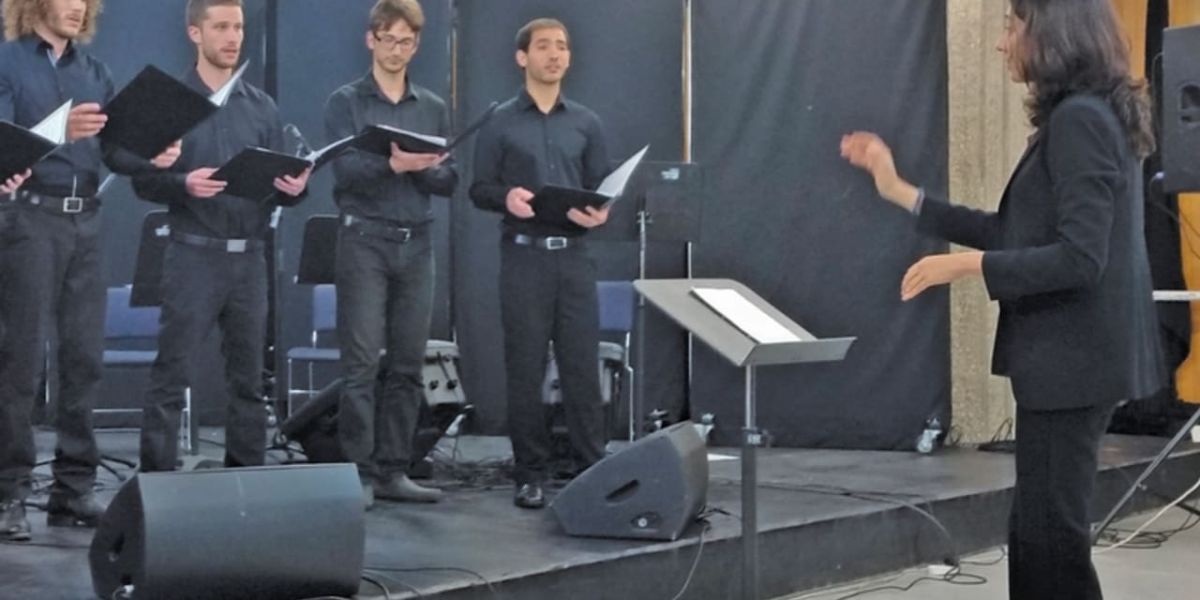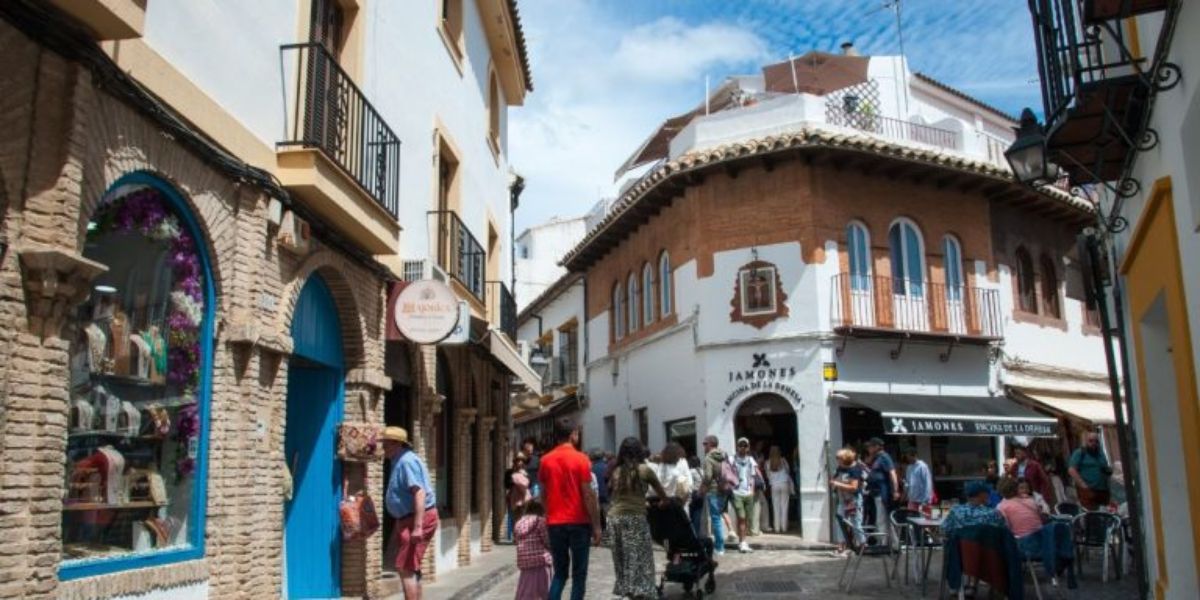Across Asia, a quiet but powerful movement is unfolding among private art collectors who are dedicating their resources to preserving Jewish cultural heritage. In cities such as Hong Kong, Shanghai, and Singapore, individuals and families are building collections that tell the story of Jewish resilience, migration, and identity. What was once seen as a niche pursuit has evolved into a vital cultural mission, linking generations of diaspora Jews with their ancestral roots through art.
These collectors are not merely acquiring valuable pieces—they are ensuring that Jewish life in Asia, past and present, remains visible and respected. Many began their collections out of personal curiosity, but their archives have grown into essential cultural repositories, preserving artifacts that might otherwise have disappeared.
Table of Contents
Rediscovering Lost Narratives Through Art
Jewish heritage in Asia has often been overshadowed by broader historical narratives. Yet through paintings, photographs, textiles, and ceremonial objects, collectors are piecing together the fragments of forgotten stories. In Hong Kong, a handful of collectors have worked to recover and restore early 20th-century synagogue art that once adorned community centers destroyed during wartime. In Shanghai, the descendants of Jewish refugees have collaborated with museums to exhibit family heirlooms—Torah ornaments, silver Kiddush cups, and portraits that reflect a time when tens of thousands of Jews sought refuge in the city during World War II.
These efforts have become a visual archive of Jewish endurance, portraying not only the trauma of displacement but also the creativity and faith that sustained Jewish communities far from home.
Collaboration Between Collectors and Cultural Institutions
A defining aspect of this new wave of preservation is the collaboration between private collectors and public institutions. Many collectors have begun to loan or donate works to local museums and universities across Asia, creating bridges between Jewish and Asian cultural narratives. The Hong Kong Jewish Historical Society, for instance, has received support from private collectors who’ve helped establish permanent displays of Judaica, while the Ohel Leah Synagogue has hosted rotating art exhibits featuring community-owned artifacts.
In Singapore and Bangkok, curators are engaging Jewish and non-Jewish collectors alike to co-curate exhibitions that explore cultural identity and shared artistic traditions. These collaborations not only broaden public understanding but also ensure that Jewish heritage is preserved within a global context.
The Modern Collector’s Approach: Digital Archives and Technology
Modern collectors are embracing technology to digitally preserve and share their collections. High-resolution imaging, blockchain authentication, and online exhibitions have made it possible for Jewish art and artifacts to reach audiences beyond Asia. Some collectors have partnered with museums in Israel and the United States to create joint virtual galleries that highlight the Jewish presence in Asia over the centuries.
This digital shift is especially meaningful for younger generations. It allows students and researchers to explore Jewish art without the limitations of geography, ensuring that preservation extends beyond physical ownership. As one Hong Kong collector recently noted, “The goal isn’t just to own these objects—it’s to make them speak to the world.”
Challenges and the Need for Cross-Cultural Understanding
Despite these inspiring efforts, challenges remain. Preservation requires not just funding but also sensitivity to religious and historical context. Many pieces require restoration by experts familiar with Jewish traditions—something not always available in Asia. Moreover, some collectors face bureaucratic hurdles when exporting or exhibiting religious artifacts abroad.
To overcome these issues, collectors are forming cross-border partnerships with conservators and cultural experts from Israel and Europe. These collaborations ensure proper care while fostering international understanding of Jewish life in Asia.
A Legacy of Cultural Continuity
For many collectors, this work is deeply personal. It’s about continuity—connecting past, present, and future through art. The collections are not only a reflection of individual passion but also a testament to how Jewish life, even in the most unexpected places, continues to thrive. By preserving the tangible expressions of Jewish faith and creativity, these collectors are ensuring that Asia’s Jewish story remains visible and celebrated.
In doing so, they are contributing to a broader narrative—one that places Jewish art and history as an integral part of Asia’s multicultural identity. Their efforts remind us that cultural preservation is not limited by geography or religion but enriched by diversity and shared humanity.
Call to Action
Have you come across Jewish art or cultural artefacts in Asia that deserve recognition? Share your thoughts and experiences in the comments, and explore more stories of cultural preservation at jewishtimesasia.org.

